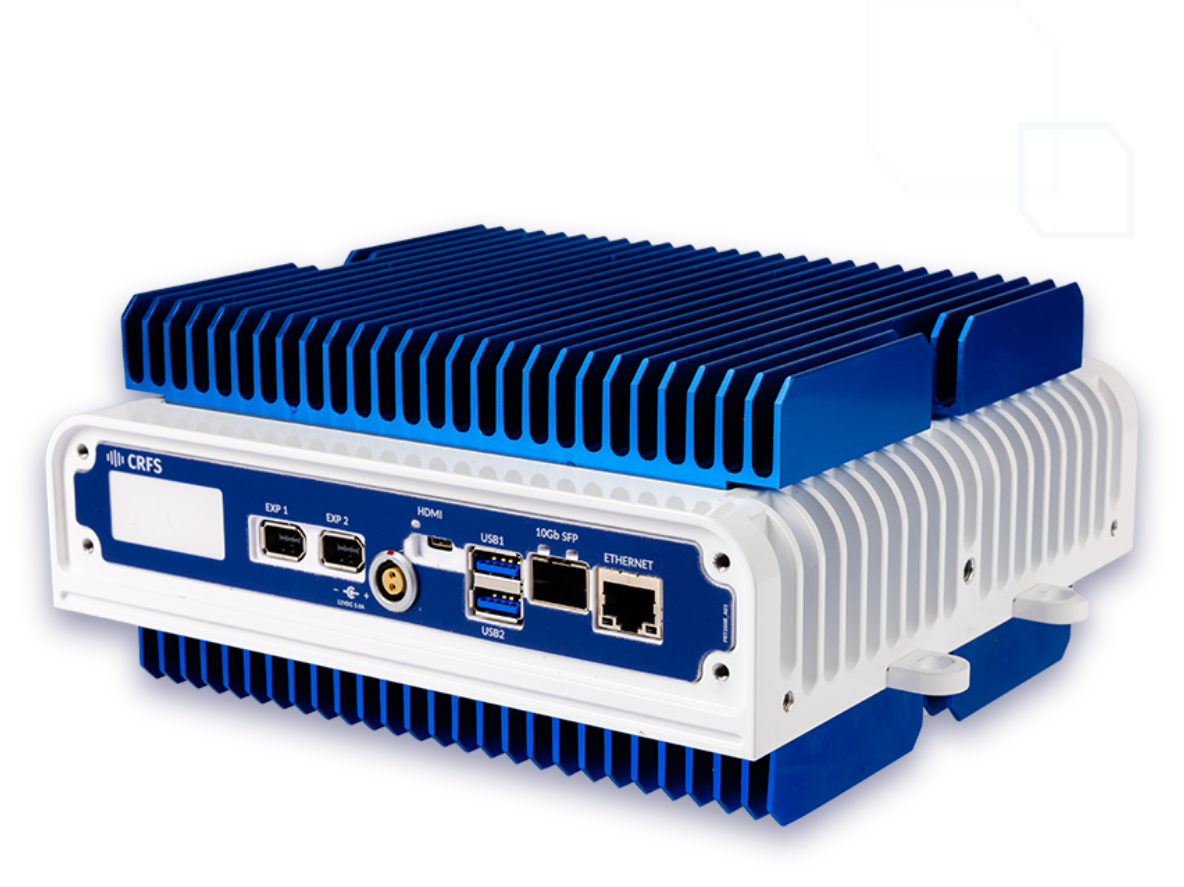Empowering Electronic Protection with RF technology

Then it hits.
You sense him tense as the RF activity starts spiking, subtle at first but escalating fast. As he catches it, comms start dropping, and GPS flickers before cutting out entirely. He tells the team, "Game time-check," the team lead pipes it up the chain of command on alt comms without hesitation, keeping the convoy a step ahead of whatever's coming.
By the time your gut kicks in, the data has already painted a clear picture.
Someone's flooding the spectrum. It's clear somebody doesn't want you to communicate or have access to GPS, and that's usually not good. You have a mission to complete, and at the same time, you must ensure you and your team make it home.
Now, things are shifting fast, and you hyper-focus on the landscape, looking for any movement as you're cut off from one of your most vital tools, the spectrum. Losing comms and GPS cranks up the risk, and everyone knows that when you're cut off like this, trouble usually isn't far behind.
The above scenario was made possible by having SWaP-C optimized, rugged RF sensors deployed on the edge, directly supporting the warfighter. Without these sensors and expertise, things can take a very different turn.
Consider this:
You're part of a convoy headed through a newly established supply line, and enemy activity in the area is still high. G2 confirmed through intel obtained from a recon unit that enemy forces were monitoring RF emissions with black market equipment to know when to come out of hiding and prepare an ambush.
Because of this, the convoy was under strict EMCON protocols. Everyone kept transmissions to an absolute minimum. What no one knew was that a soldier had a malfunctioning PTT radio, hot mic'd on a random frequency.
The enemy picked up the transmission and quickly repositioned to capitalize on the opportunity. Within minutes, they repositioned, setting up on high ground to initiate an ambush. The convoy had given away its position without realizing it before even hitting the choke point.
One bad transmission gave the enemy an advantage. That's why Electronic Protection is just as critical as Electronic Attack or Support. Electronic Protection, as defined in Joint Publication 3-13.1, refers to actions taken to safeguard personnel, facilities, and equipment from any effects of friendly, neutral, or enemy use of the electromagnetic spectrum that could degrade, neutralize, or destroy combat capability.
Electronic Protection is more than defending against jamming. It is about controlling your own emissions before they become a liability. If you cannot see the spectrum, you also cannot control it.
Keeping your emissions in check is as critical as defending against enemy interference. If RF sensors had been actively monitoring, they would have immediately flagged the rogue signal. Operators could have identified and geolocated the source, shutting it down before it became a problem.
Electronic Protection is not just reactive. It is about ensuring your own systems are not handing the enemy an advantage. When adversaries are scanning for any signal to exploit, the ability to monitor, detect, and manage spectrum activity is the difference between a successful mission and walking into an ambush.
Without visibility over the spectrum, small mistakes become big problems. A hot mic, a faulty radio, or an overlooked emitter can give the enemy just enough to put our forces at a disadvantage. SWaP-C optimized RF sensors at the edge provide that visibility, giving EW teams the ability to detect, locate, and mitigate threats before they escalate.
Control the spectrum, or the enemy will own the fight before it even begins.

CRFS RF sensor overview
Portable and rugged high-performance RF sensor for real-time 24/7 spectrum monitoring and geolocation of transmitters
James Spriet from Raven Whispers
James Spriet, Lead EW/ISR SME at Ampex Data Systems and founder of Raven Whispers, leverages his two decades of USAF, SI&T, and Field Engineering experience within the EW/ISR domain to provide thought-provoking insights to the DoD and its supporting industry, enhancing awareness in the field and promoting a culture of ongoing learning and innovation.
